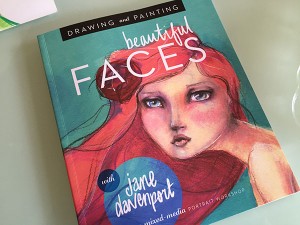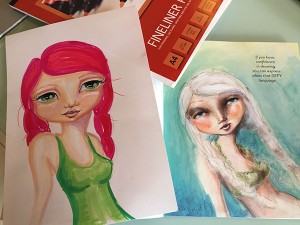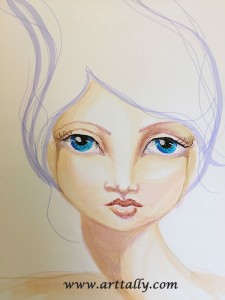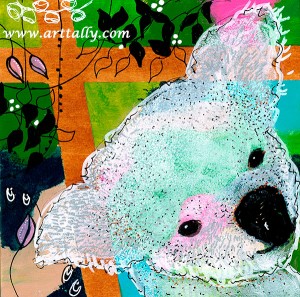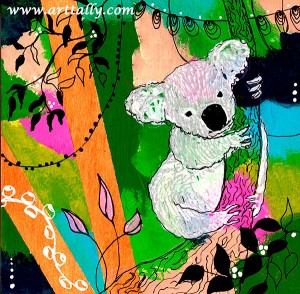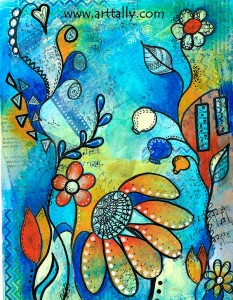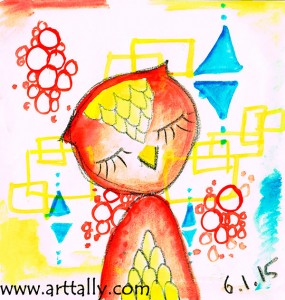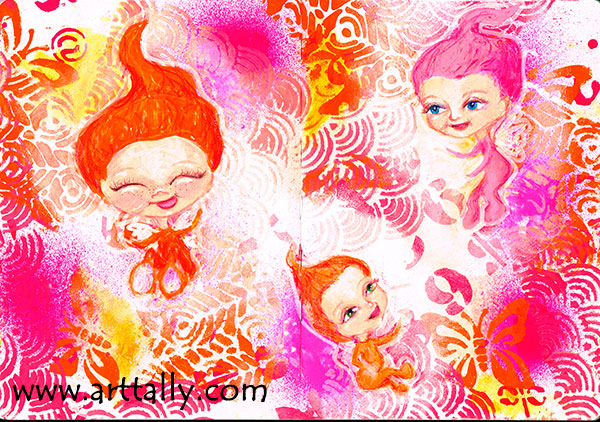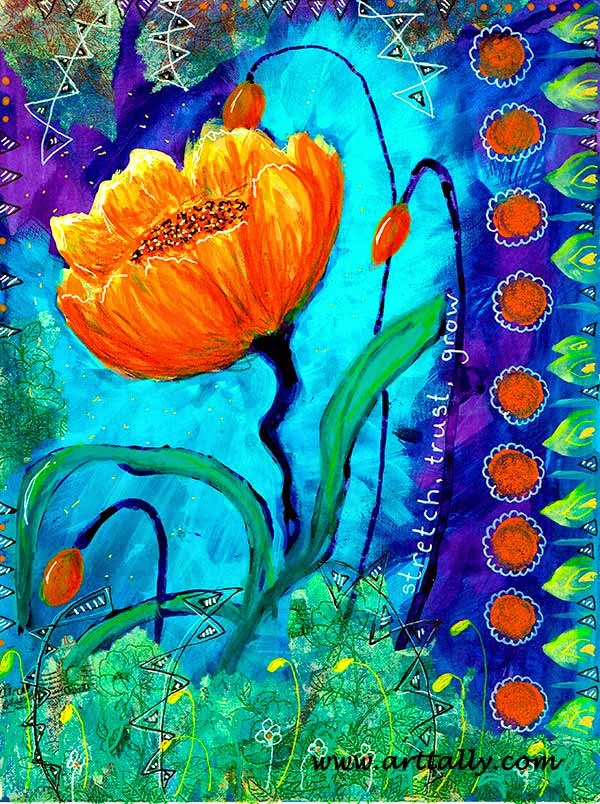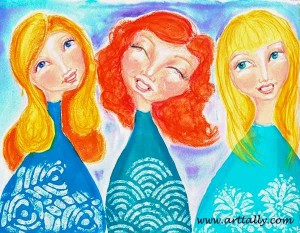I have to say I am loving my Schminke watercolour paints. I spent a long time pondering whether it really did make a difference using the 'artist quality' version of the paints as opposed to the 'student quality'. It is always a rather tough call when you are starting out.
When you know you are just learning it is hard to justify expensive paint. It is something of a widely held notion that you first 100 paintings are going to be rubbish - it is just something you have to work through. (Actually some say 500.... lets be gentle and start with 100). If you are interested in this idea, you might want to check out Lynn Whipple's rather charming short video on the matter.
Expecting a few dodgy paintings inevitably leads to some reluctance about splashing out on professional paint. However, doesn't a beginner need all the odds stacked in their favour? Such as paint that behaves the way it is supposed to? Glorious, vibrant colours?
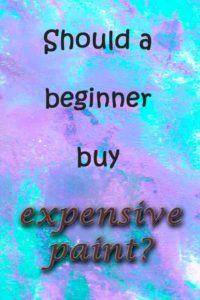 So should a beginner buy expensive paint? There is is no easy answer to the dilemma. I think that the deciding factor within the available budget is whether the 'good' paint will inspire or inhibit you. If you will be happy to splash it about in your early experiments then I say go for it. But if it is going to make you even more critical of your early efforts and cause you to agonise over every brush stroke then it rather defeats the purpose. Sometimes it is easier to give yourself permission to be a beginner if you are not worrying about wasting supplies. (And by the way, if it is fun, it is not a waste, regardless of your opinion of the final output.)
So should a beginner buy expensive paint? There is is no easy answer to the dilemma. I think that the deciding factor within the available budget is whether the 'good' paint will inspire or inhibit you. If you will be happy to splash it about in your early experiments then I say go for it. But if it is going to make you even more critical of your early efforts and cause you to agonise over every brush stroke then it rather defeats the purpose. Sometimes it is easier to give yourself permission to be a beginner if you are not worrying about wasting supplies. (And by the way, if it is fun, it is not a waste, regardless of your opinion of the final output.)
The main thing is to get on with those paintings. Whether you use cheaper paint or professional quality paint doesn't really matter. It only matters that you give yourself the chance to paint yourself happy.
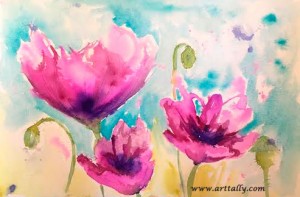

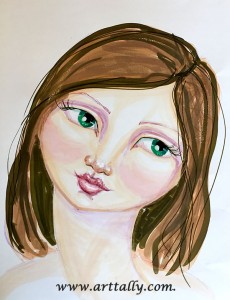
 The inner critic is a defense mechanism. Her aim is to reduce our risk. To prevent us from being judged by others, and possibly hurt in the process. However, despite these good intentions, sometimes she succeeds only in strangling the muse, and any motivation to act on any creative urge.
The inner critic is a defense mechanism. Her aim is to reduce our risk. To prevent us from being judged by others, and possibly hurt in the process. However, despite these good intentions, sometimes she succeeds only in strangling the muse, and any motivation to act on any creative urge.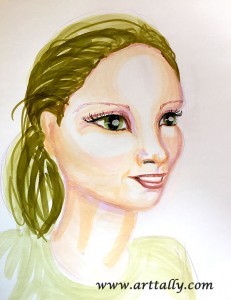

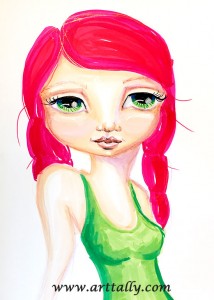
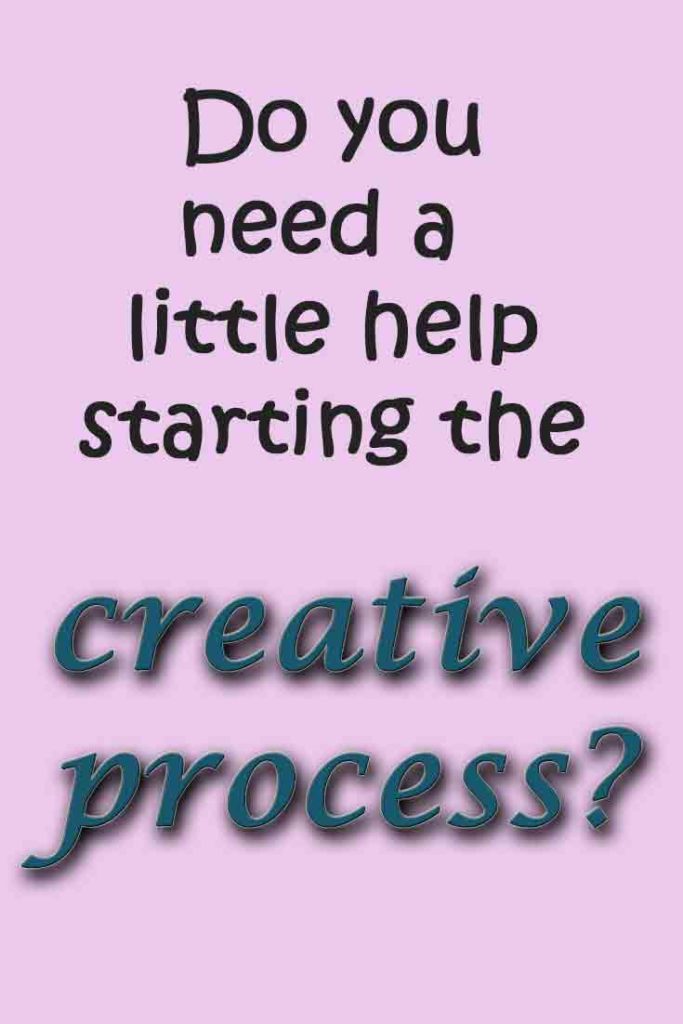 To me it is often just the seemingly insurmountable question of where to begin.
To me it is often just the seemingly insurmountable question of where to begin. 